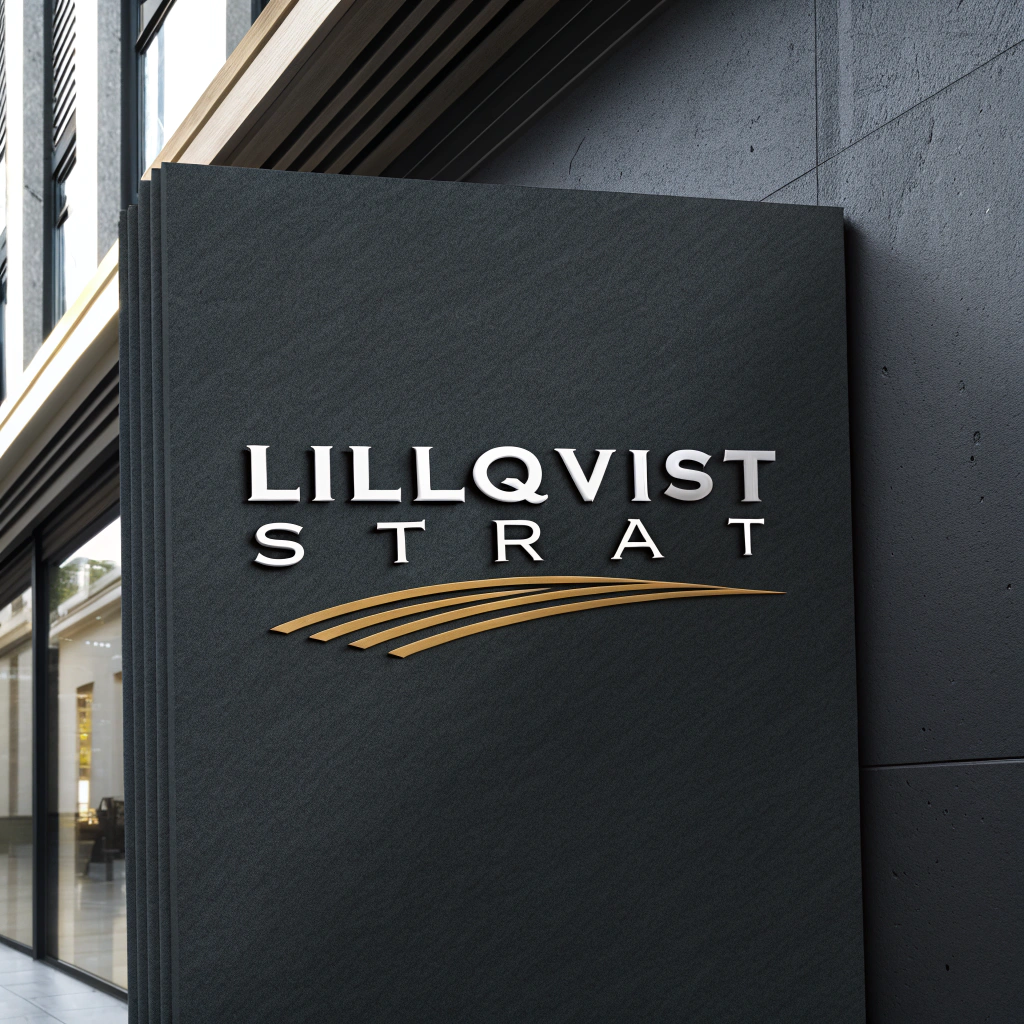Introduction In the ever-evolving world of retail, it sometimes feels like the big brands have all the power. They’ve got the massive budgets, the cutting-edge technology, and the customer reach that makes small and medium-sized enterprises (SMEs) feel like they’re always playing catch-up. But here’s the thing: AI and technology
E-commerce & Retail
This is an example automation plan you can use however you wish. Be sure to send me an email telling me if it has influenced your decision-making. Lillqvist Strat will gladly help! 1. Marketing Strategy 2. Inventory Optimization 3. Sales Growth 4. Customer Service Efficiency 5. New Campaign Development 6.
Part 1: Inventory Management In today’s fast-paced retail world, staying ahead means mastering your inventory like never before. Lillqvist Strat is proud to present a cutting-edge automation solution designed to transform your inventory management processes, reduce overhead costs, and ultimately, boost your bottom line. Revolutionizing Inventory Management Imagine a system
Keep your customers informed every step of the way! The Challenge: Manual Order Tracking Tracking customer orders manually can be tedious and prone to errors. Many businesses face issues with:❌ Delays in updating customers about order status.❌ Lack of real-time order tracking notifications.❌ Increased customer dissatisfaction due to poor communication.
Enhance searchability and organization with AI-powered image tagging! The Challenge: Manual Product Image Tagging is Inefficient E-commerce businesses rely on well-organized product images for search and recommendation systems. However, manually tagging thousands of images is slow, inconsistent, and costly. Solution? AI-Powered Automated Tagging! With Python, AI, and MongoDB, we can:✔️
As e-commerce grows, businesses face the challenge of managing a high volume of orders across various platforms. Automation can help streamline order fulfillment workflows, reducing errors and improving logistics efficiency. ✅ Real-time order tracking for logistics efficiency✅ Reducing errors in multi-channel order processing✅ Integrating automation with fulfillment partners Let’s explore
Retailers constantly face the challenge of balancing stock levels. Too much inventory leads to overstocking costs, while too little results in lost sales. AI-powered demand forecasting helps retailers: ✅ Predict product sales using historical data✅ Automate stock replenishment decisions✅ Reduce overstock and avoid stockouts Let’s explore how AI can transform
In today’s fast-paced e-commerce world, businesses need to stay on top of pricing trends across multiple platforms to maintain competitiveness. Automating price comparison across different e-commerce websites can save time, reduce manual effort, and ensure you always offer the best deals to your customers. Python can be the perfect tool
In today’s competitive market, delivering personalized experiences to customers is crucial. One of the best ways to do this is by offering dynamic product recommendations. Python, combined with machine learning algorithms, can automatically analyze customer behavior and purchase history to recommend products that are most likely to interest them. Benefits
Say Goodbye to Manual Excel Forecasting and Hello to AI-Driven Predictions Retail forecasting is critical for businesses to predict sales trends, optimize inventory, and plan marketing campaigns. Traditional methods like Excel can be slow, prone to error, and not scalable. What if you could automate your forecasting and make smarter,









